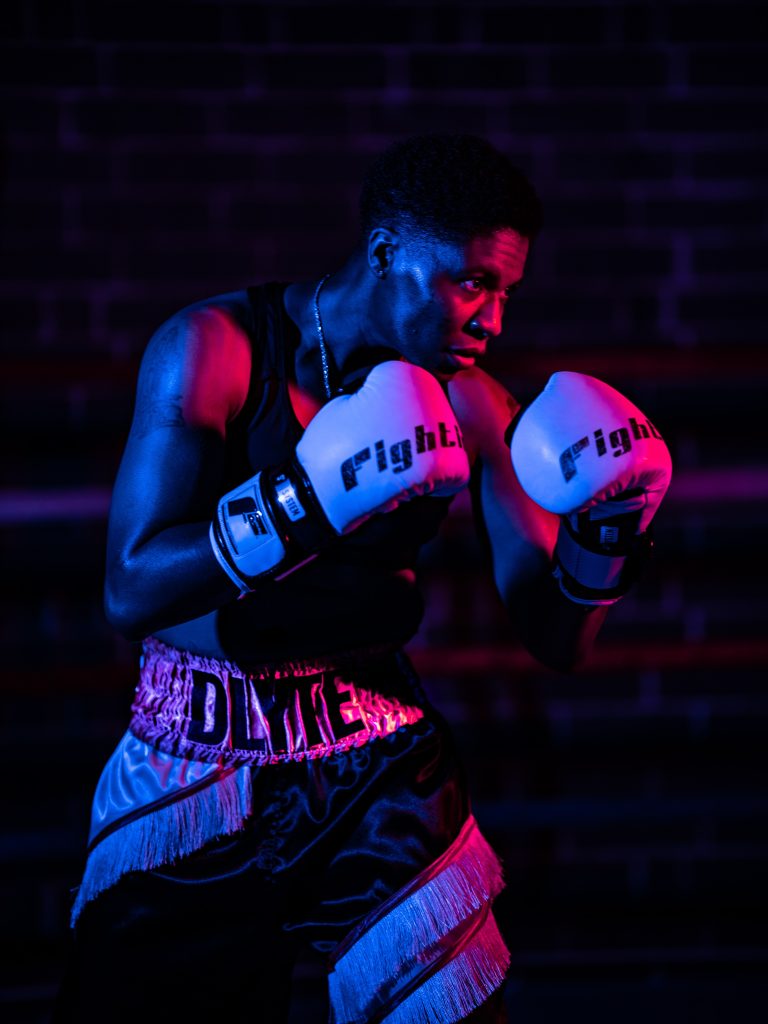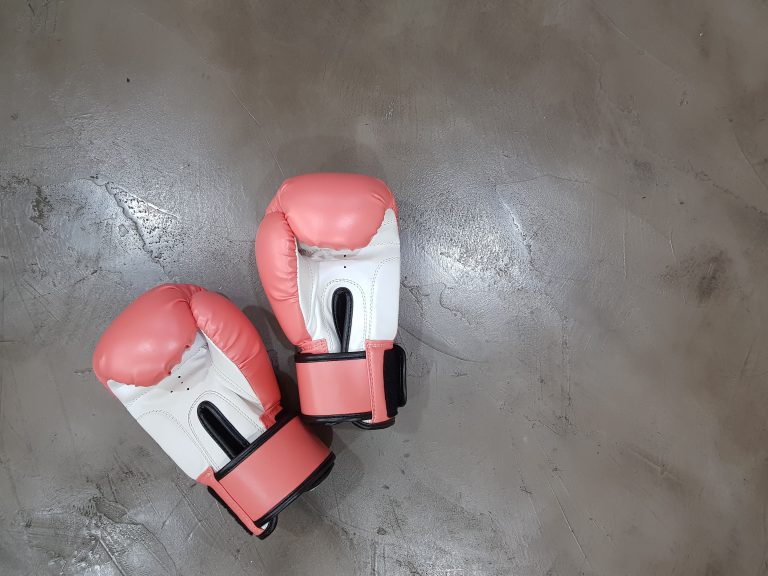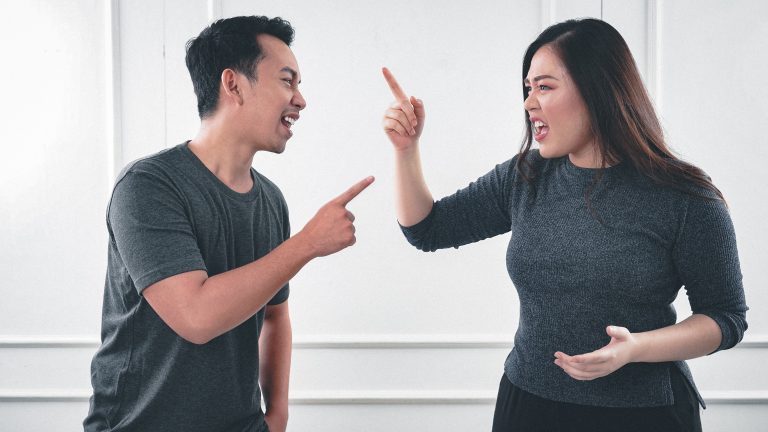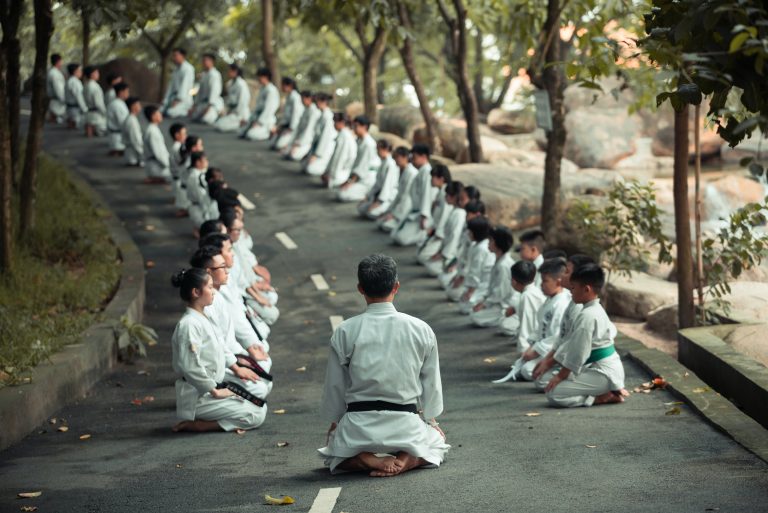What is Karate All About?
Karate is a popular martial art that originated in Japan, and over time it has become a popular sport that is practiced by people all over the world. Karate is known for its unique fighting style that involves a combination of powerful strikes, blocks, kicks, and throws. It is a discipline that emphasizes physical and mental well-being, agility, and precision, and it is often likened to a type of moving meditation.
The Origins of Karate
Karate, which means „empty hand,“ was developed in the Ryukyu Kingdom, which is now known as Okinawa, Japan. The origins of karate can be traced back to the 14th century when Okinawan warriors began to develop a fighting style that would help them defend themselves against the invading Japanese samurai. Over time, the martial art became more sophisticated and evolved into the karate that is practiced today.
The Basics of Karate
Karate involves a range of different techniques, including strikes, kicks, blocks, and throws. One of the fundamental principles of karate is to use the strength and energy of an opponent against them, which is achieved through the use of precise movements and strategic positioning.
In addition to physical training, karate involves a strong emphasis on mental discipline and focus. Practitioners of karate are encouraged to cultivate a sense of inner calm, which helps them to be more effective in conflict situations.
Karate Styles
There are many different styles of karate, each with its own unique techniques and characteristics. Some of the most popular styles of karate include Shotokan, Goju-ryu, Shito-ryu, and Wado-ryu. Each style places different emphasis on various aspects of the discipline, and practitioners will often choose a style that suits their own strengths and preferences.
The Benefits of Practicing Karate
In addition to providing a fun and challenging physical workout, karate has numerous benefits for both the body and the mind. Here are just a few of the ways that practicing karate can improve your overall health and well-being:
– Improved cardiovascular health: Karate involves a lot of movement and can provide an excellent cardiovascular workout, which can help to reduce the risk of heart disease and improve overall fitness.
– Increased strength and flexibility: Karate involves a variety of movements that help to build strength and flexibility throughout the body. This can help to reduce the risk of injury and improve overall physical function.
– Improved mental focus and clarity: The practice of karate is also an excellent way to improve mental focus and clarity. Practitioners are encouraged to cultivate a sense of inner calm and focus, which can help to reduce stress and improve overall mental health.
– Increased self-confidence: Karate is a discipline that requires a lot of dedication and hard work, and achieving success in the practice can help to boost self-confidence and self-esteem.
The Future of Karate
Karate continues to be a popular sport and martial art around the world, and it was even included as an Olympic event for the first time in the 2020 Tokyo Olympics. This has helped to increase the popularity and visibility of karate, and it is likely that we will continue to see it grow in popularity and influence in the years to come.
What is Karate?
Karate is considered to be one of the most popular forms of martial arts originating from Japan. This form of martial arts is a combination of punches, kicks, blocks, and strikes that are practiced for self-defense, physical fitness, and mental well-being. The word Karate means ‘empty hand’ as this martial art form does not require the use of any weapons.
What are the benefits of practicing Karate?
Practicing Karate has several physical and mental benefits. It helps develop physical strength and endurance by improving muscle tone, flexibility, and coordination. The practice of Karate also promotes cardiovascular health and overall fitness. Aside from physical benefits, Karate promotes mental well-being, including stress relief, improved focus, and increased self-confidence.
What are the different styles of Karate?
There are many different styles of Karate, but the most popular ones include Shotokan, Shito-Ryu, Goju-Ryu, and Wado-Ryu. These styles differ in terms of techniques, practices, and philosophies, but they all focus on the development of physical strength, mental agility, and spiritual well-being.
What are the basic techniques of Karate?
Some of the basic techniques of Karate include punches, kicks, blocks, strikes, and throws. Punching techniques in Karate include straight punch, uppercut, hook punch, and backfist strike. Kicking techniques include front kick, roundhouse kick, side kick, and spinning back kick. Blocking techniques used in Karate include inward block, outward block, and upper block. Additionally, throwing techniques like hip throw, shoulder throw, and armbar are also important to learn in Karate.
What is the belt system in Karate?
The belt system in Karate is used to distinguish between beginners and advanced martial artists. The ranking system includes white, yellow, orange, green, blue, brown, and black belts. Each belt represents a level of proficiency, with the black belt being the highest rank. The color of the belt signifies the amount of training undertaken by the student, and it is an honor for a student to progress from one level to the next.
What is the importance of discipline in Karate?
Discipline is an essential aspect of Karate as it helps students develop self-control, self-discipline, and a strong sense of responsibility. Karate requires strict adherence to rules and traditions, with emphasis on respect for the sensei (instructor) and fellow students. The practice of discipline in Karate not only benefits the student in training but also extends to other aspects of their life, such as school or work.
How to Start Learning Karate: A Comprehensive Guide
Karate is a Japanese martial art that has gained popularity around the world due to its effectiveness for self-defense, physical fitness, and mental discipline. If you have been curious about trying it out, this guide will provide you with a step-by-step process for starting your karate journey.
Step 1: Find a Karate Dojo Near You
The first step in starting to learn karate is to find a local dojo, which is a training center dedicated to teaching this martial art. You can search online for karate dojos near you or ask for recommendations from friends or family members who already practice.
Step 2: Choose a Karate Style
There are several different styles of karate, each with its own techniques, forms, and philosophies. Some of the most popular styles include Shotokan, Shito-ryu, Goju-ryu, and Wado-ryu. You can research each one to see which style resonates with you the most.
Step 3: Attend a Beginner’s Class
Most dojos offer beginner’s classes for people who are new to karate or have very little experience. These classes focus on basic techniques, such as punches, strikes, and kicks, as well as stances, footwork, and breathing. Attending a beginner’s class will give you a taste of what karate training is like and help you decide if it’s something you want to pursue further.
Step 4: Meet the Instructor
When you attend a beginner’s class, make sure to introduce yourself to the instructor and any other students. The instructor will likely ask about your goals for learning karate, any prior experience you may have had with martial arts or other physical activities, and any health or mobility issues that may affect your training.
Step 5: Invest in a Karate Gi
A karate gi is the traditional uniform worn by karate practitioners. It consists of a white or black cotton jacket and pants, as well as a colored belt that indicates your rank. You can purchase a gi online or through your local dojo.
Step 6: Commit to Regular Training
Karate is a skill that requires consistent practice to master. Most dojos offer classes several times a week, and it’s recommended to attend at least two or three classes per week to make progress. Make a commitment to yourself to attend classes regularly and give your training your full attention.
Step 7: Practice Outside of Class
In addition to attending classes, it’s important to practice karate on your own time as well. This can include practicing basic techniques, practicing forms (also known as kata), and working on flexibility and strength training. Your instructor may provide you with resources or recommendations for at-home practice.
Step 8: Gradually Increase Your Skill Level
As you progress in your karate training, you will have the opportunity to earn different colored belts, which indicate your level of skill and knowledge. Each dojo has its own ranking system, but most follow a general progression from white to black belt. Set realistic goals for yourself and focus on gradually improving your technique and understanding of karate.
Step 9: Develop a Respectful Attitude
Karate is not just a physical practice; it also teaches important mental and spiritual principles, such as respect, discipline, and humility. It’s important to approach your training with a humble and respectful attitude towards your instructor and fellow students, as well as towards the art of karate itself.
Step 10: Embrace the Journey
Karate training is a lifelong journey that involves continuous learning and self-improvement. Embrace the process of learning and growing, and don’t get discouraged by setbacks or mistakes. With dedication and perseverance, you can achieve your goals and become a skilled and well-respected karate practitioner.
In conclusion, starting to learn karate requires finding a local dojo, choosing a karate style, attending a beginner’s class, investing in a karate gi, committing to regular training, practicing outside of class, gradually increasing your skill level, developing a respectful attitude, and embracing the journey. By following these steps, you can begin your karate journey with confidence and enthusiasm.
Inhaltsverzeichnis






